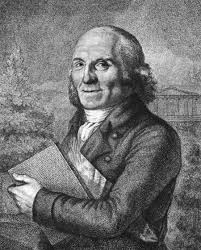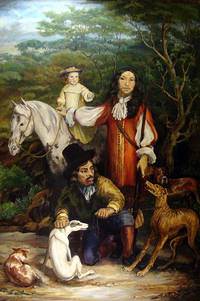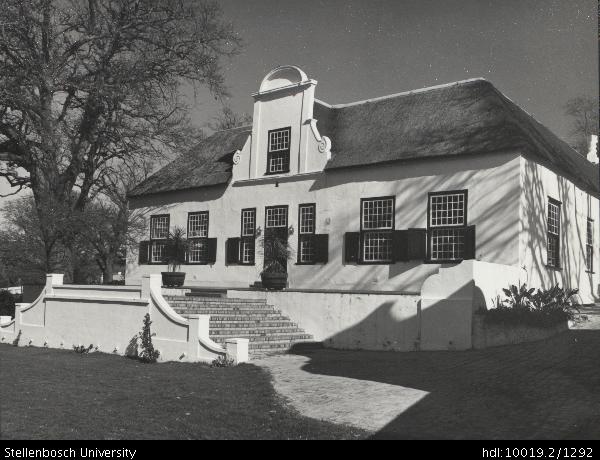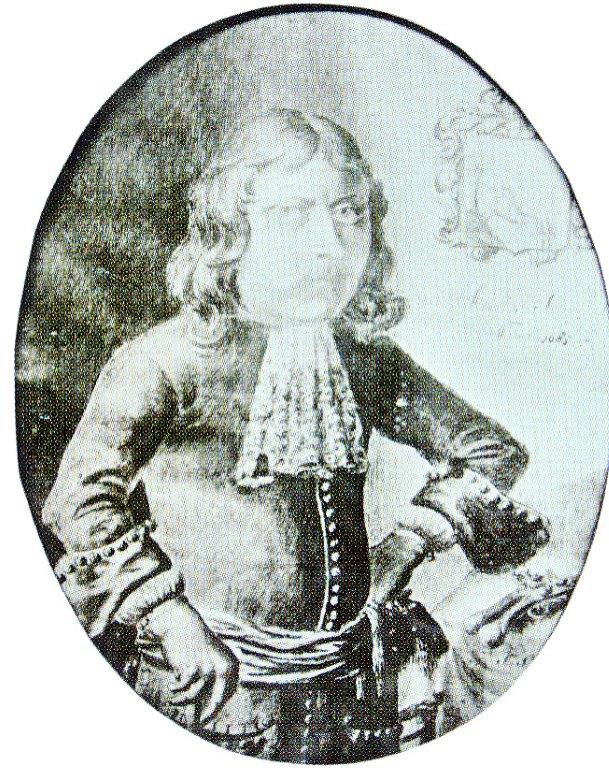Constantia Estate – Divisions & Registered / Legal Owners
by Mansell Upham © (Tokyo, Japan March 2017)

Constantia – Constantia
“Constantia, consisting of two farms, called Great and Little Constantia, which are situated below the east-side of Table Mountain, is celebrated for its highly delicious wine, known by the name of Constantia win or Vin de Cap which is sold in Europe at so high a price. This wine is rather sweet, agreeable and luscious, and only fit for the dessert, as, on account of its sweetness, if drunk in abundance, it lies heavy on the stomach. Of the red wine, about 60 leaguers are made, and of the white about 90; yet the vintage here, as in other places, is different in different years. These two farms were for a long time the only spots which, by reason of their situation, could produce this delicate wine; but lately some other farms in this district, and in a few other places, have been able to bring their wines to the same degree of excellence. But as the Company has reserved to itself the exclusive sale of the Constantia wine, which consequently is considered as contraband, and is not to be bought or transported to Holland under that name by individuals, they have hit upon the expedient of giving their wine, which in point of goodness does not yield to Constantia, the name Maag (stomach) wine which is in general is sold to the ship’s officers of foreign nations cheaper than the Constantia wine itself.”
- Carl Peter Thunberg, Travels at the Cape of Good Hope 1772-1775

1685 (original grant)
Simon van der Stel (1639-1712) – commander (later governor) of Cape of Good Hope
1712

Estate divided into 3:
- Bergvliet
- Klein Constantia [later De Hoop op Constantia] &
- Groot Constantia
Bergvliet – Constantia
1714
sold as subdivision of Constantia to Pieter de Meijer
sold immediately to J. Brommert
next owner Elbert Diemer
1761
J. Rohland
1764-1678
Johan Nicolaas Schott (married to Catharina van Laar)
1769
P.[etrus]M.[ichiel] Eksteen
1783
Hendrik Oostwald Eksteen
1812
Hendrik Ooswald Eksteen Jnr.
sold to J.[ohannes]P.[aulus] Eksteen [Jr. ?]
1841
portion Firgrove sold
1863:
W.F. Hertzog
1902
“left to” M. Hiddingh (in fake will)
1904
inherited jointly by Purcell & Jeffcoat
1919
subdivided into Bergvliet homestead plus half farm (Jeffcoat) & Kreupelbosch cottage plus remaining half of land (Purcell)
next owner: Sayles
1962
J. Newman
Nova Constantia
Originally part of Constantia estate – house probably dates from 1st quarter of 19th century. Homestead is U-shaped.
1793:
sold to C. Brink by brother-in-law J. Eksteen (subdivision of farm Bergvliet)
1794:
portion of land (Buitenverwachting) sold to A. Brink
1801
sold to H.C. Carinus
1805
transferred to L.J. Colyn
1836
inherited by L.J. Colyn Jr.
1859
sold to J.W. Louw
1900
sold to A. Lategan
1931
inherited by Robert & Kitto Lategan – estate divided in half (portion including homestead going to Kitto)
Buitenverwachting, Constantia
1794
transferred to A. Brink (as portion of farm Nova Constantia) who probably gives place its name
1796
U-shaped homestead likely completed at this date even though gable date shows 1769
1797
sold to Ryk Arnoldus Mauritius Cloete
P.L. Cloete (nephew) who changes name to Plumstead
1827
sold to son
1832
sold to J.G. Cloete (brother)
1852
sold to A. de Smidt
1853
sold to J.W. Brunt
1866
sold to J.W. Louw
1882
inherited by S.P. Lategan
later inherited by D. Lategan
later inherited by O. Louw
De Hoop op Constantia [Klein Constantia]
Constantia is auctioned & subdivided (1716) into separate farms:
- Bergvliet
- Klein Constantia or Petite Constance (later De Hoop op Constantia – not to be confused with another later subdivision of Groot Constantia also & still known as Klein Constantia)
- Groot Constantia (reduced portion)
Wittebomen – previously incorporated into Groot Constantia but granted in terms of a separate deed to Jan Groff, stamvader of the Visser family – reverts to its original separate state & acquired (1714) by J.J. Stoots who transfers it to J.H. van Helsdingen – related by marriage to 1st owner (Pierre Meyer) of De Hoop op Constantia. Meyer a likely smallpox victim (1713), however, his farm De Hoop op Constantia sold from his deceseased estate (1713) to Johann Jürgen Kotze, husband to Johannes Coenraedsz: Visser aka Grof’s castiço granddaughter (Elzabe Barzenius van Hoff) – daughter of Grof’s illegitimate slave-born halfslag daughter (Margarita Jans: Vissers: van de Caep) by Jan van Riebeeck`s private slave (Maria van Bengale). Grof’s granddaughter remarries (1718) free-born halfslag Johannes Colijn who after her death, not only remarries (1724) a white Cape-born woman (Johanna Appel), but either co-purchases (1734) Groot Constantia or goes into business with his sister & brother-in-law thereby amalgamating Groote Constantia once again with De Hoop op Constantia & as the Cape’s most distinguished winemaker at the time ensuring a place for Constantia wine on the world map.
Original name: Klein Constantia or Petite Constance

1712
subdivided from original farm Constantia – bought by Pieter de Meijer & sold immediately to J.J. Kotze; Kotze’s widow, Elsabe marries Johannes Colyn
1776
transfered to J.N. Colyn
1799
sold to L.J. Colyn
1825
drawing showing homestead with 3 gables on front facade & 1 in middle of a side wing (only central gable in front facade now remains)
1840
inherited by J.N. Colyn & subdivision [of Bergvliet] Nova Constantia by other brother L.J. Colyn
1881
sold to D.G. Malan
1942
sold to S. Hirshfield
Groot Constantia
1716-1734
Olof Bergh (c. 1643-1724) from Gothenburg [Göteborg, Sweden]

Marries Cape-born halfslag Anna de Coningh (c. 1661-1734) [voordocher of manumitted private slave Maaij Ansela van Bengale] buys main portion with original homestead called Groot Constantia.

He also owns the farm De Cuijlen at Kuils River
1734 -1778
Carl George Wieser (from Heidelberg [in the Palatinate, Germany])
marries Johanna Jacoba Colijn sister to Johannes Colijn – owner of Klein Constantia [De Hoop op Constantia] – he later married (1740) Maria van der Poel, wid. Melt van der Spuy
1750
Jacobus van der Spuy
1773
Jan Serrurier (from Hanau)
marries (1) (1747) to Catharina Kretzschmar, widow of Jan van der Swyn who owns neighbouring Alphen
marries (2) Geertruyda van Reenen – daughter of Jacob van Reenen (died 1764), owner of neighbouring Witteboomen
1778-1799
Hendrik Cloete Sr. buys Groot Constantia from Jan Surrurier

1799
inherited by Hendrik Cloete Jr.

1824
inherited by J.P. Cloete
1867
inherited by Hendrik Cloete (last private owner)
1885-1993
sold by auction to Colonial Government
1993-present
Groot Constantia Trust (1993 till present)
Klein Constantia
Current Klein Constantia part of Groot Constantia (until 1823)
Following Simon van der Stel’s death, Constantia originally split into 3 parts:
- Groot Constantia purchased by Oloff Bergh, Swedish captain with VOC retiring (1701)
auctioneer, Pieter de Meijer, takes possession of : - Bergvliet &
- Klein Constantia (later De Hoop op Constantia – not to be confused with current Klein Constantia (forming part of Groot Constantia until 1823)
Witteboomen – Constantia
Purchased (c. 1678) by Johannes Coenraedsz: Visser (from Ommen [Overijssel]) who relocates (after 1688) to valley near Constantia Kloof with its 2 forests De Hel & Het Paradijs
Erf nos. 895 (Homestead, Off Pear Lane, Constantia) & 896 (Outbuildings: Constantia Main Road, Constantia). Homestead is now home to estate agent Pam Golding. No record of original grant or purchase has been traced. Originally small farm & homestead owned by J.C. Visser; 1697: L. Symonsz: (son-in-law) is granted adjoining land; 1697: Simon van der Stel buys out Simonsz: (Witteboomen becomes part of Constantia)
Wittebomen incorporated into Constantia but granted in terms of a separate deed
1714
reverts to original separate state & acquired by J.G. Stoots
1716
smaller portion sold to J. Franke becoming known as Frankes Gift, New Constantia & Silverhurst
1724
sold to Jan Hendrik van Helsdingen
1778
inherited by Johannes Guilliam van Helsdingen
Aan Jan Guilliam word ook die plaats Witte Boomen bemaak op voorwaarde dat hy 6000 “Caabse guldens” in die boedel inbetaal. Indien dit nie gebeur nie, moet die plaas op ‘n openbare veiling verkoop word.
1800
wife enlarges & runs property
1824
sold to W.F. van Rheede van Oudtshoorn
1833
sold to J.A. Dreyer
sold to J.W. Brunt
sold to W. Crozier van Rheede van Oudtshoorn
sold to D.J. de Kock
1875
sold to W.A. van der Byl
Original U-shaped homestead ravaged by fire & altered / renovated & one wing given 2nd storey & woodwork replaced; house is difficult to date but thickness of walls & what is still visible of original ground floor plan suggest not later than 1824; house probably built by elder Van Helsdingen, possibly even Stoots; present front facade was originally one of side wings.”
Silverhurst [New Constantia, Frankes Gift / Frankengift] – off Constantia Main Road, Constantia
Formerly New Constantia, Frankes Gift / Frankengift & smaller portion of Witteboomen [originally granted to Johannes Coenraedsz: Visser (from Ommen [Overijssel])
1716
bought by J. Franke (smaller half of original farm Witteboomen);
1752
inherited by his 3 unmarried children – house probably built by one of the Franke brothers during 2nd half of 18th century;
1811
passed to J. Van Reenen of High Constantia
transfered by widow to son J.G. Franke van Reenen
1812
sold to J.M. Storer
1815
sold to P.W. van Druten – renamed New Constantia
1824
sold to J.J. Van Rheede Van Oudtshoorn – along with Nova Constantia
1833
sold to J.C.A. Dunbar
1835
sold to C.G. Blankenberg – changes made to facade & gable
1857
sold to J.V. Gotobed
1872
sold to W.G. Gilmour – renamed Silverhurst
inherited by H.G. Gilmour (son)
inherited by A.W. Garcia Gilmour (step-son)
inherited by C.J. Gilmour (son)
Constantia Glen [Glen Alpine / Klein Benydendal / Benydendal]
1813
originally known as Benydendal & later Klein Benydendal,
1st registered to original owner, Johannes Gregorius van
Helsdingen
1832
Johannes Frederick van Helsdingen – nephew
inherits property – productive farm under 15 000 vines.
1843
Sebastiaan Valentyn van Reenen – grandson of Hendrik Cloete – renames it Glen Alpine

[…] Constantia Estate – Divisions & Registered / Legal Owners […]
LikeLike